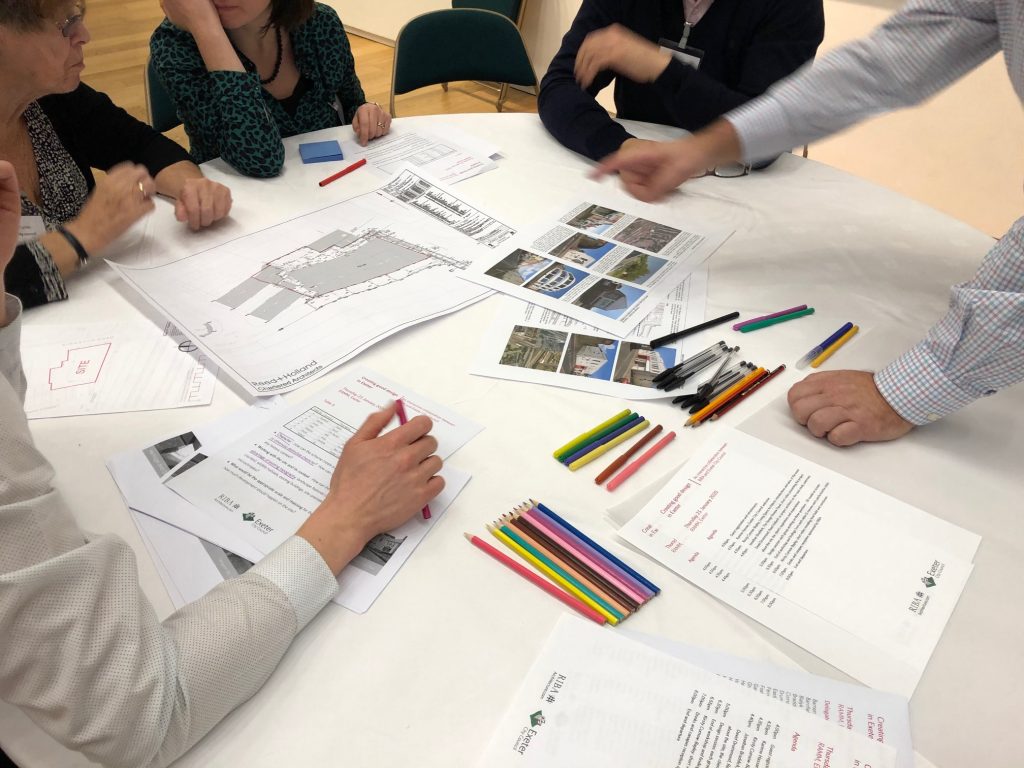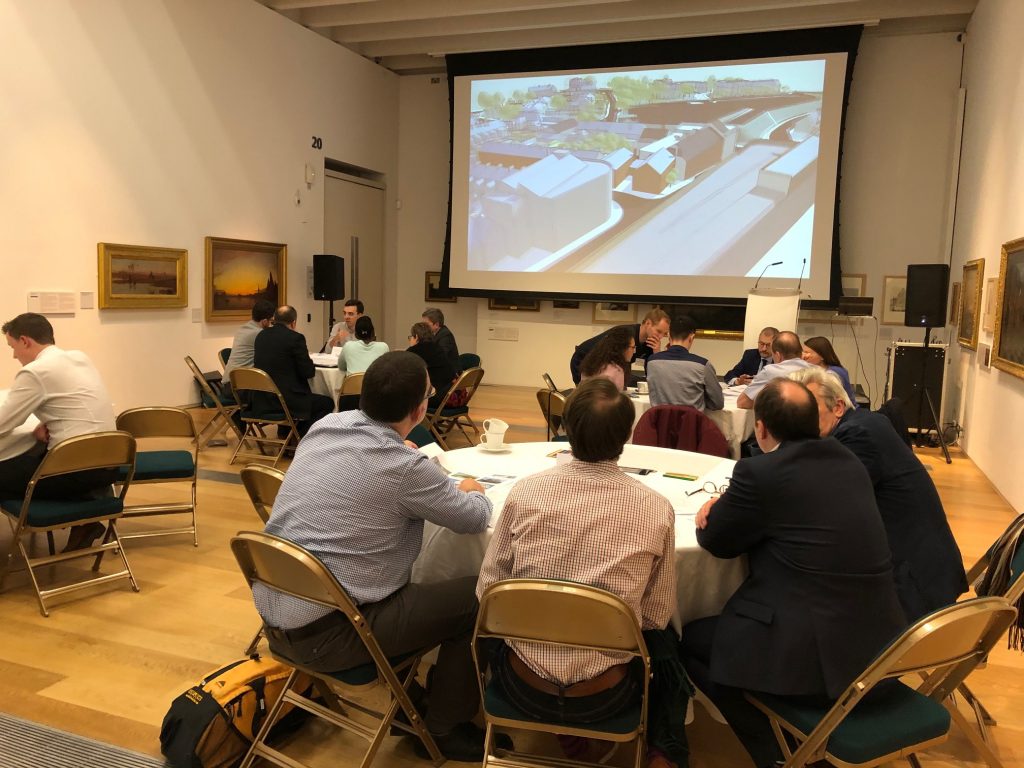Shortlisted For the Build It 2020 Awards
Living Space is delighted to announce that we have been shortlisted for the Build it awards, under the category: ‘Best Architect or Designer for a Self Build Project’
*Voting closes on the 12th November 2020*
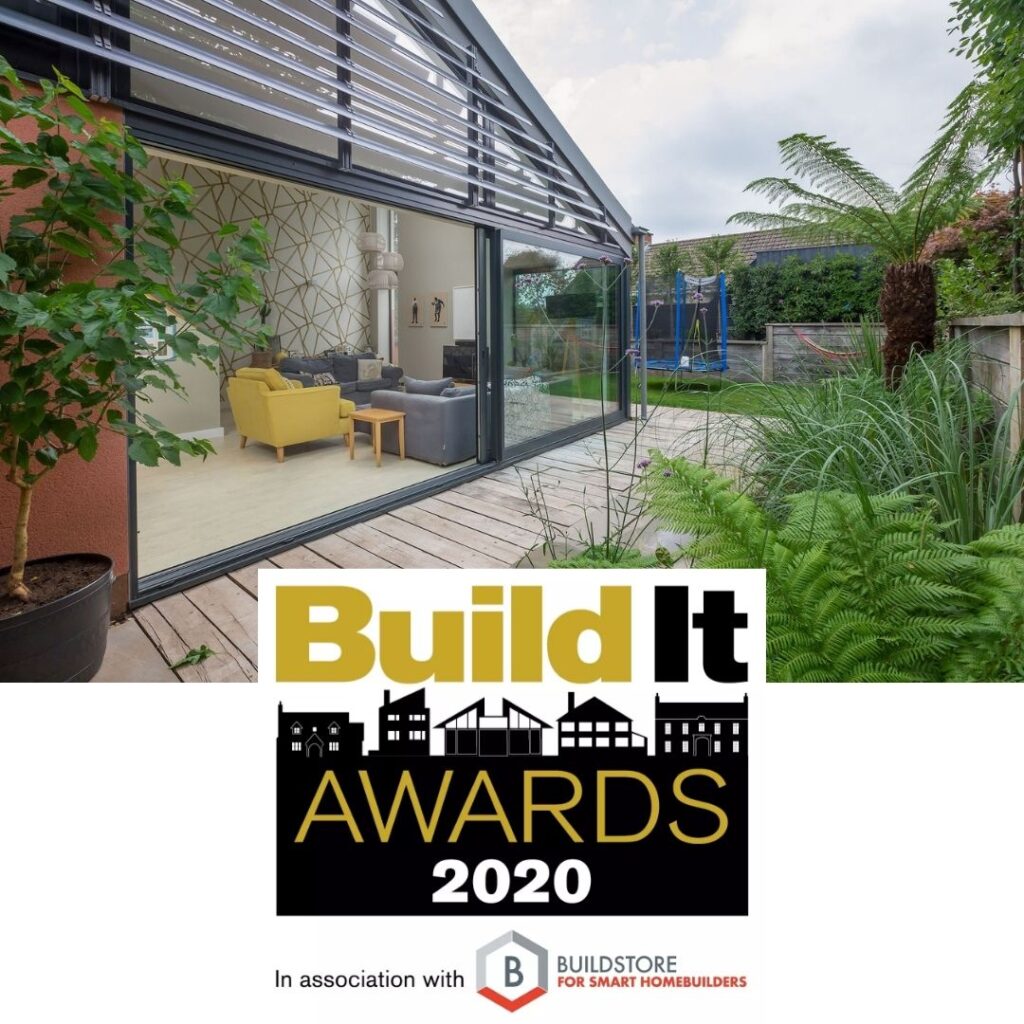
Living Space is delighted to announce that we have been shortlisted for the Build it awards, under the category: ‘Best Architect or Designer for a Self Build Project’
*Voting closes on the 12th November 2020*

At living space architects, we offer our clients the opportunity to experience their designs.

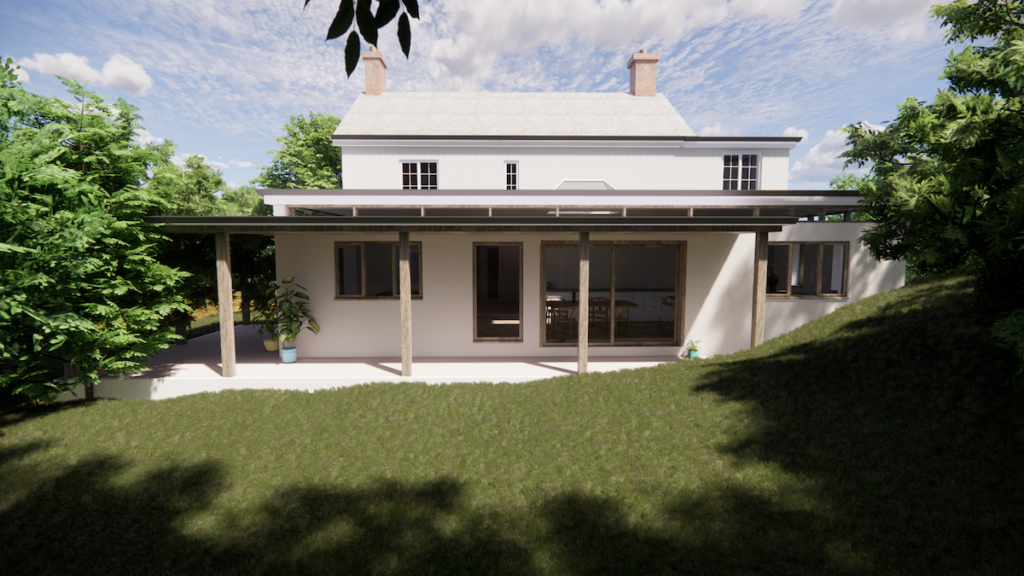
Our 3D visualisation software creates a walkthrough experience, which allows the client to gain a better spacial understanding of their project long before it is built.
These 3D visualisations are created by our rendering software, Enscape, which you can try for yourself by following the link below.
https://api2.enscape3d.com/v1/view/72bf5c61-9fb8-4da0-bbaf-79e95e4c93f2
(Currently there is no support for Internet Explorer/Edge/Safari or iOS devices)
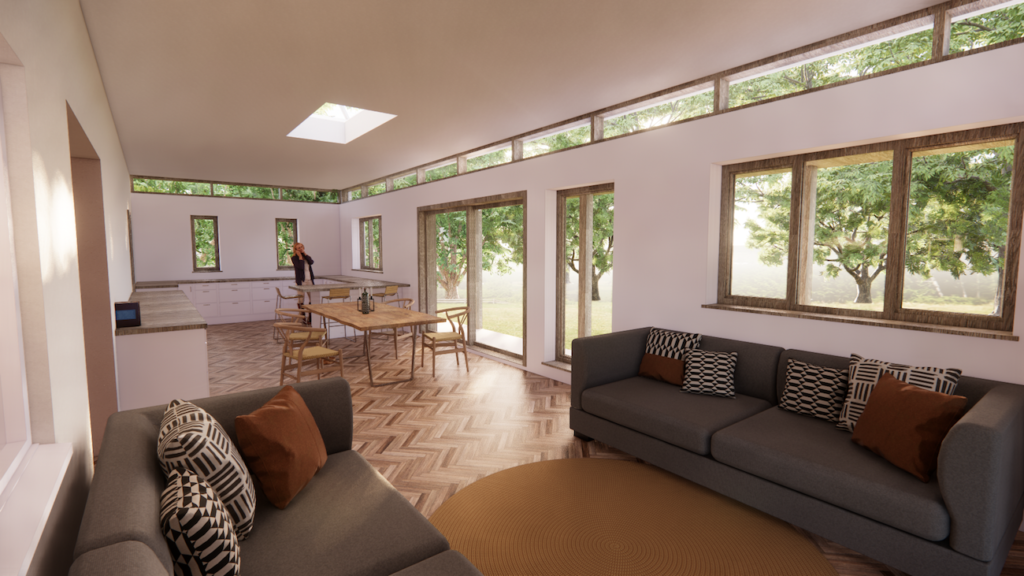
A a result of lockdown, we have not been able to have meetings in the office to show clients our designs. Instead we have been sending over web links, (like the one above) that the clients can use to explore their projects from home.
When we visit the clients site we use 3D scanning and point cloud technology to measure the property. We can then use these measurements to create the existing structure on Enscape.
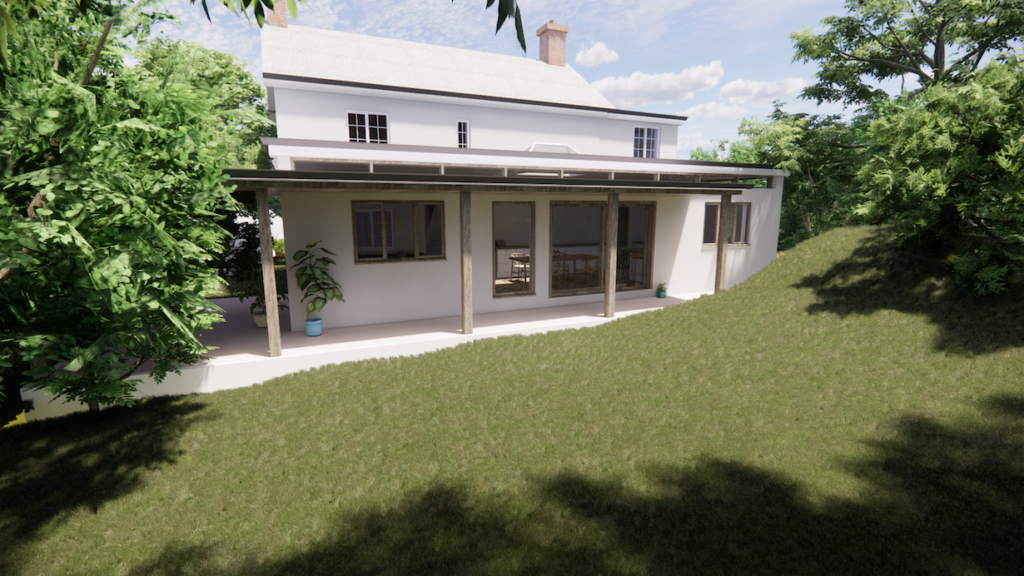
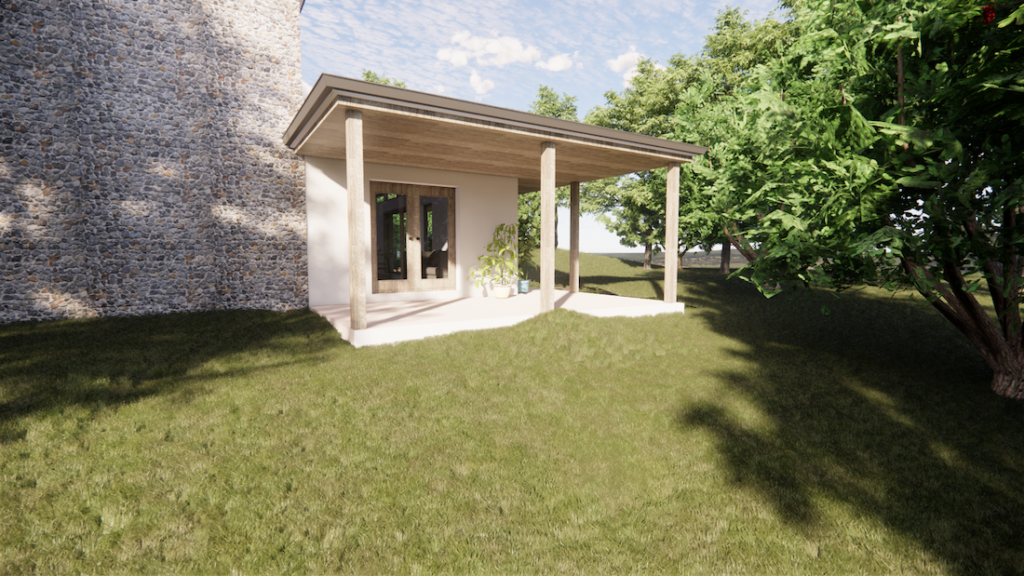
Class Q legislation provides a means of increasing the value of agricultural buildings through transforming them into new accommodation. We have worked on many of these projects, taking unused barns and converting them into spacious new homes or ancillary living quarters. Gaining consent for the works requires careful consideration in order to justify the barn’s eligibility for Class Q conversion.

Crucially important to the success of these works is the collaborative effort involved. Both Alister King-Smith of Stags planning services as well as Robert Thomson of Simon Bastone Associates have been involved on a range of our projects, providing the necessary specialisation to make our designs fly.
At the moment, we are working on a number of different schemes and below we highlight a few case studies of recently-approved Class Q applications that we have been involved in:
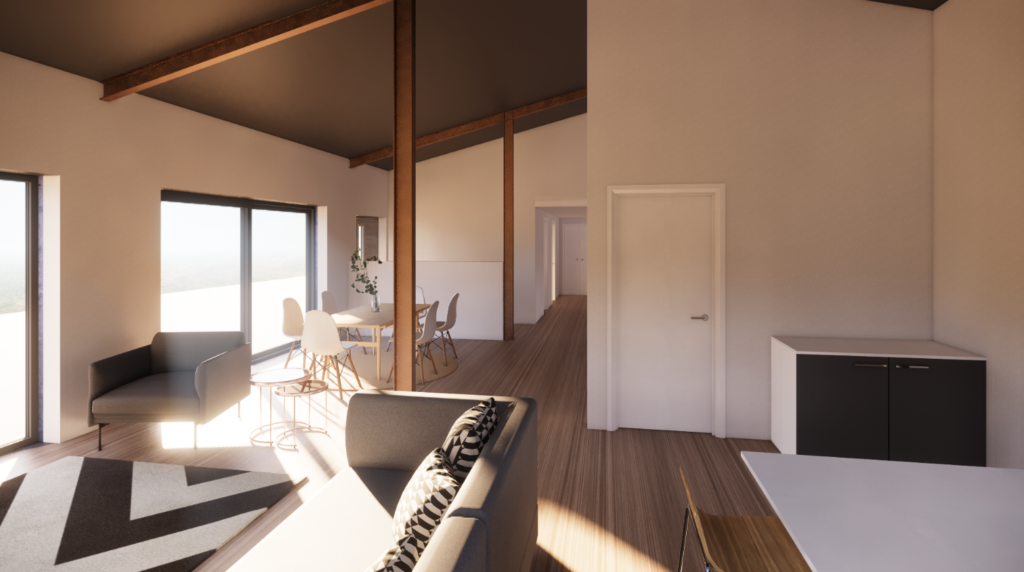
Our clients in Cullompton came to us with the exciting brief of converting two barns on the same plot – one steel-framed and fully clad, the other mainly block.
Our designs for the barns transformed the larger, steel-framed structure into a three-bedroom dwelling and the finalised designs can be seen below:
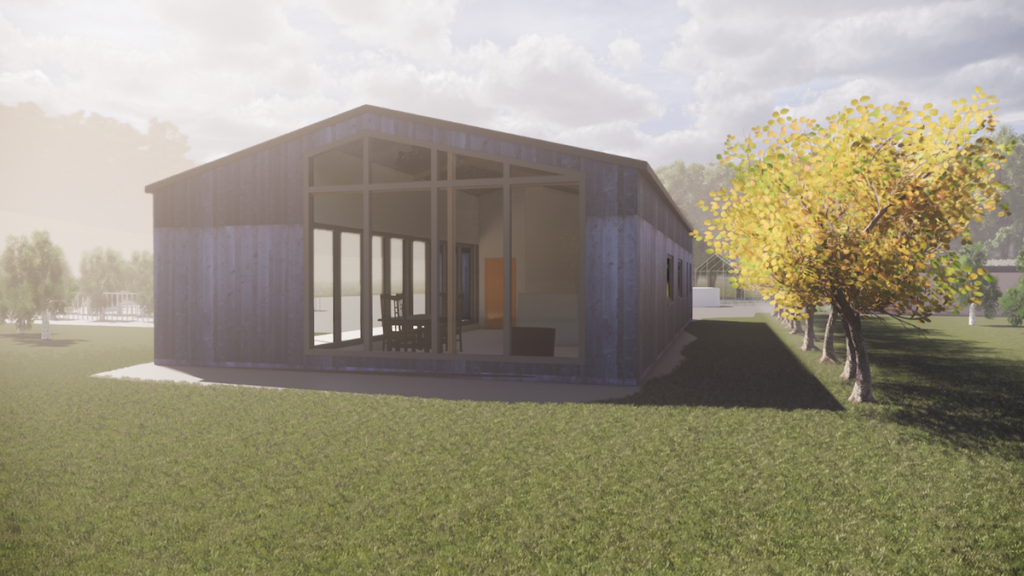
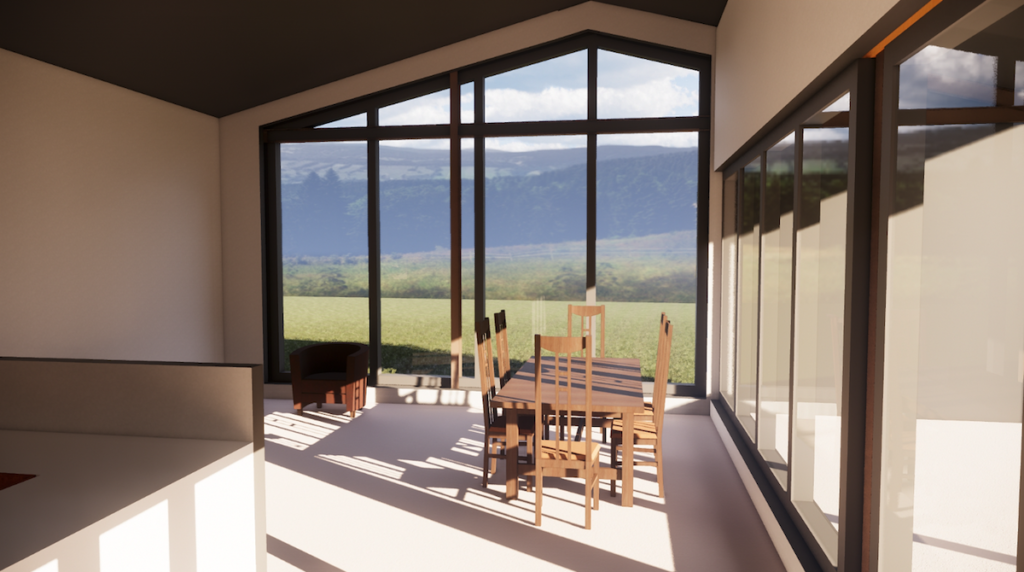
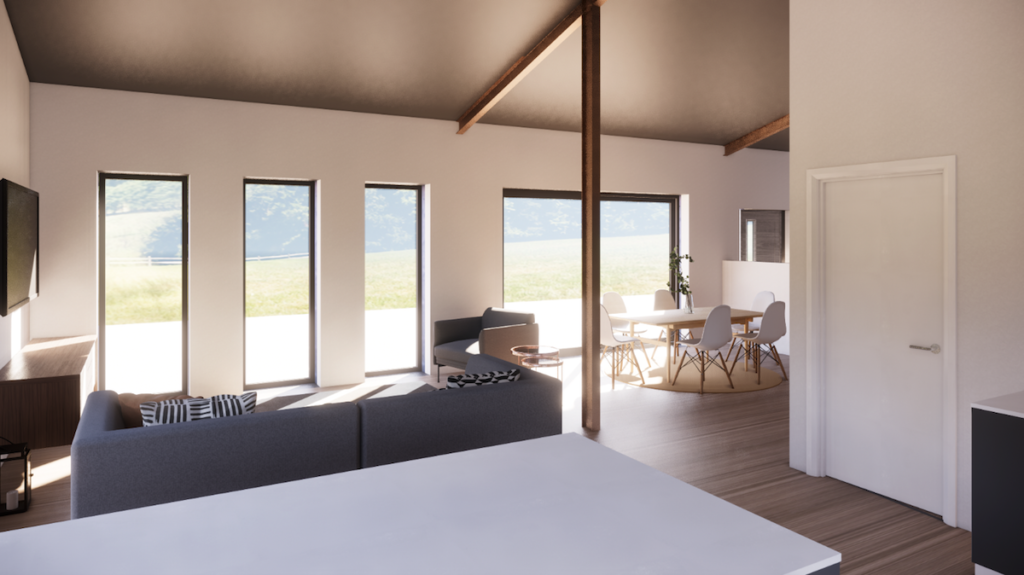
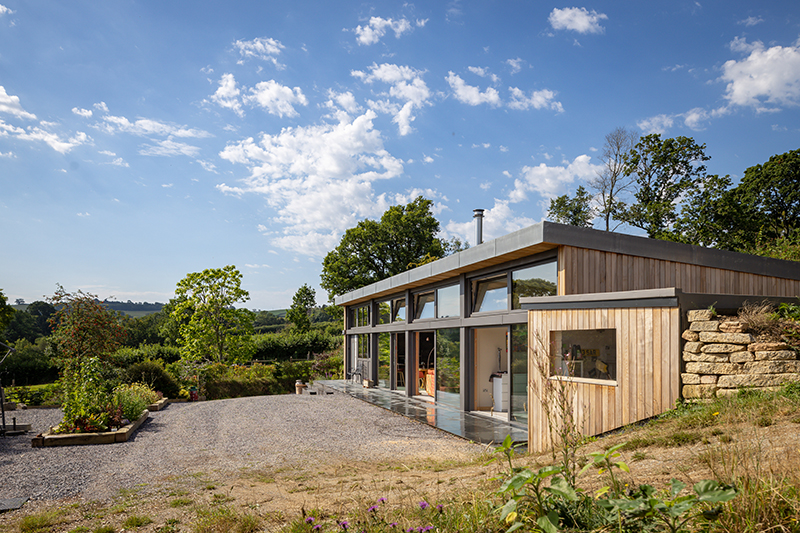
This Class Q conversion project has created a two-storey dwelling within a barn situated in the garden of a farmhouse. The steel structural frame and curved roof, archetypal features of Dutch barns, will be retained whilst some of the cladding is removed in order to allow for the insertion of windows and doors.
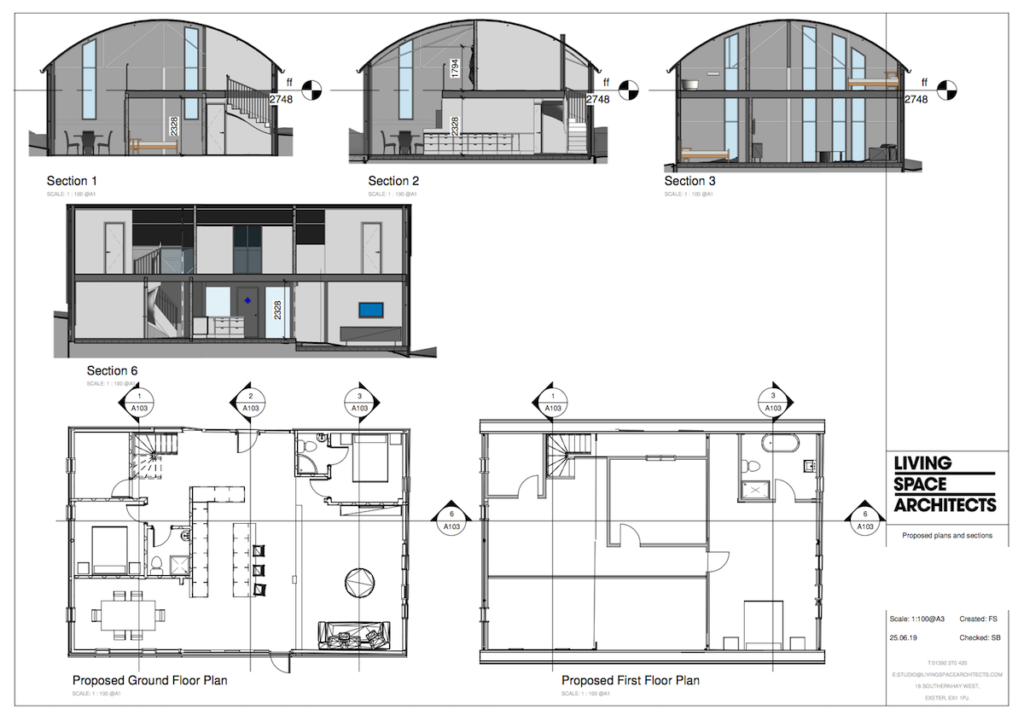



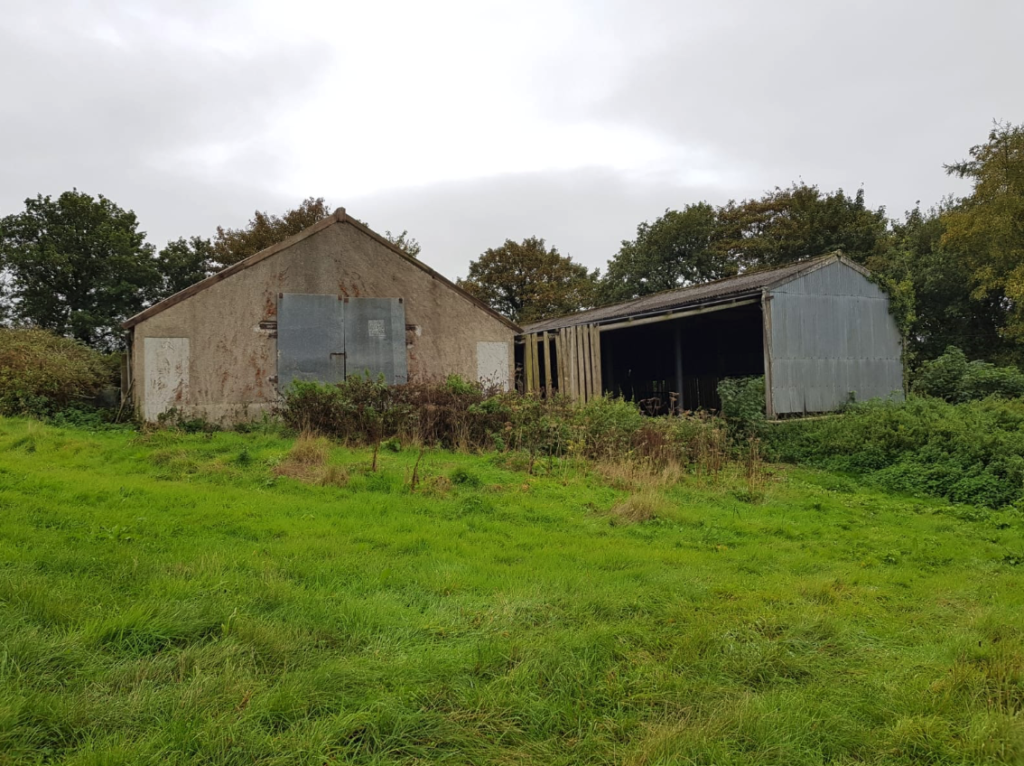
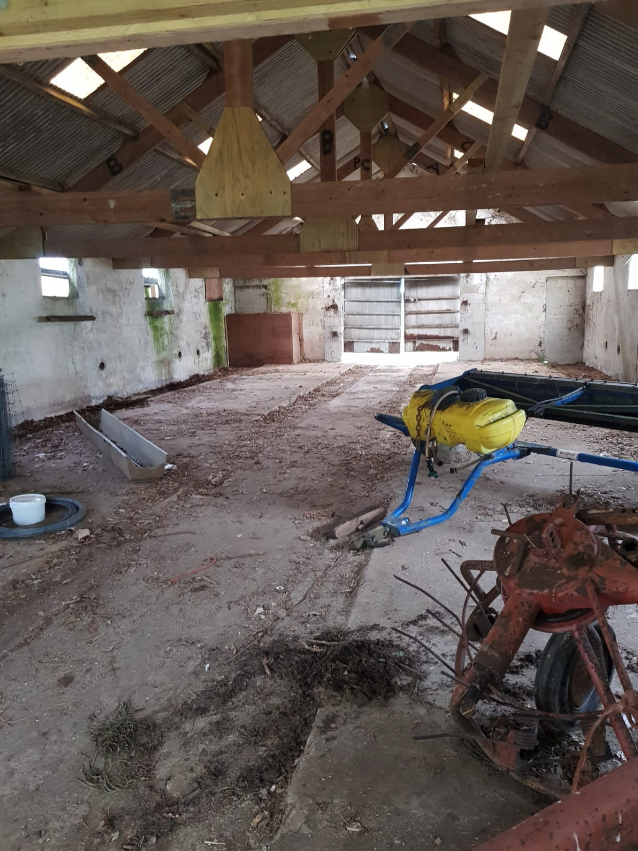
This project concerned the change of use of an old piggery into a residential property. The building lies on farmland and we have worked in collaboration with both Stags planning as well as Simon Bastone Associates’ structural engineering services in order to gain permission for its development.
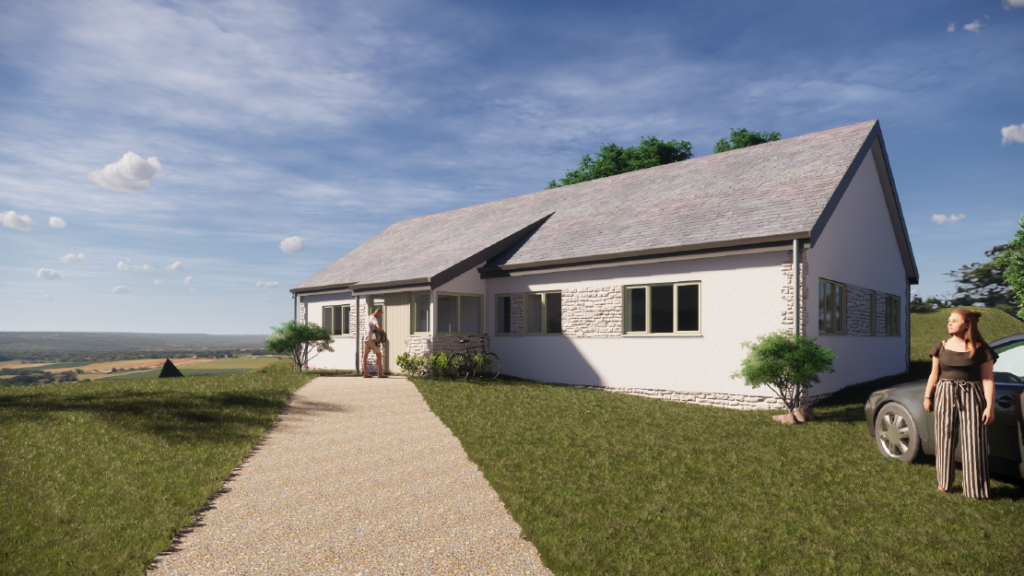
The building has always been in agricultural use and will retain its current external materials whilst having windows, doors and services installed in order to enable it to become a three-bedroom residential dwelling.
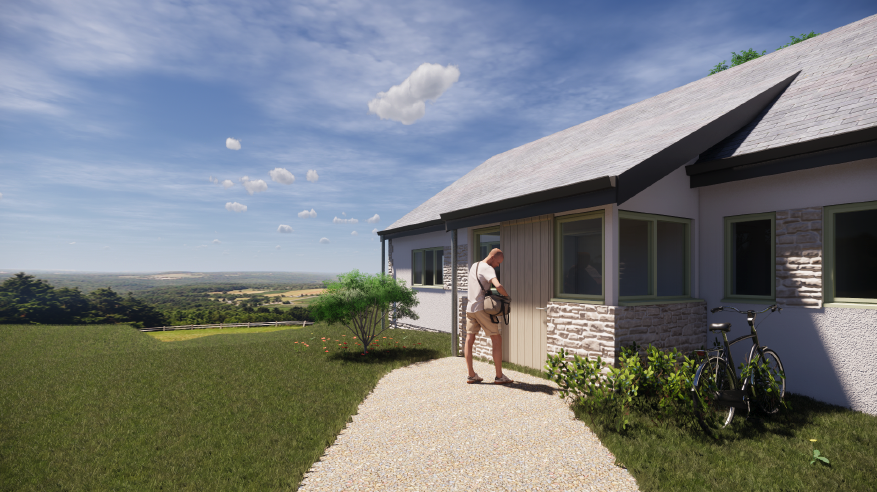
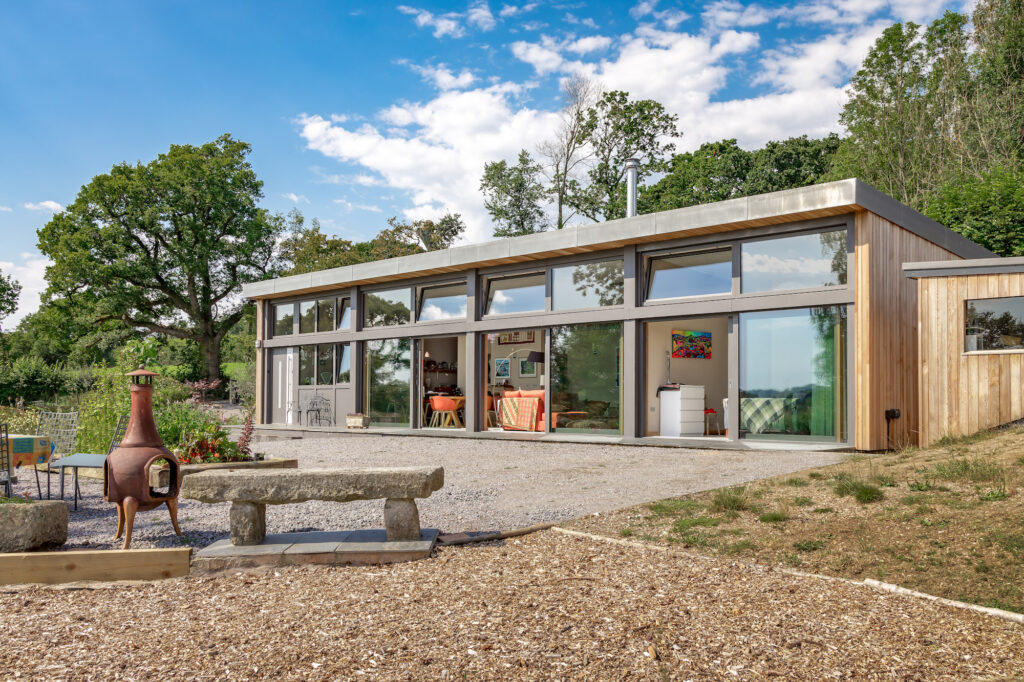
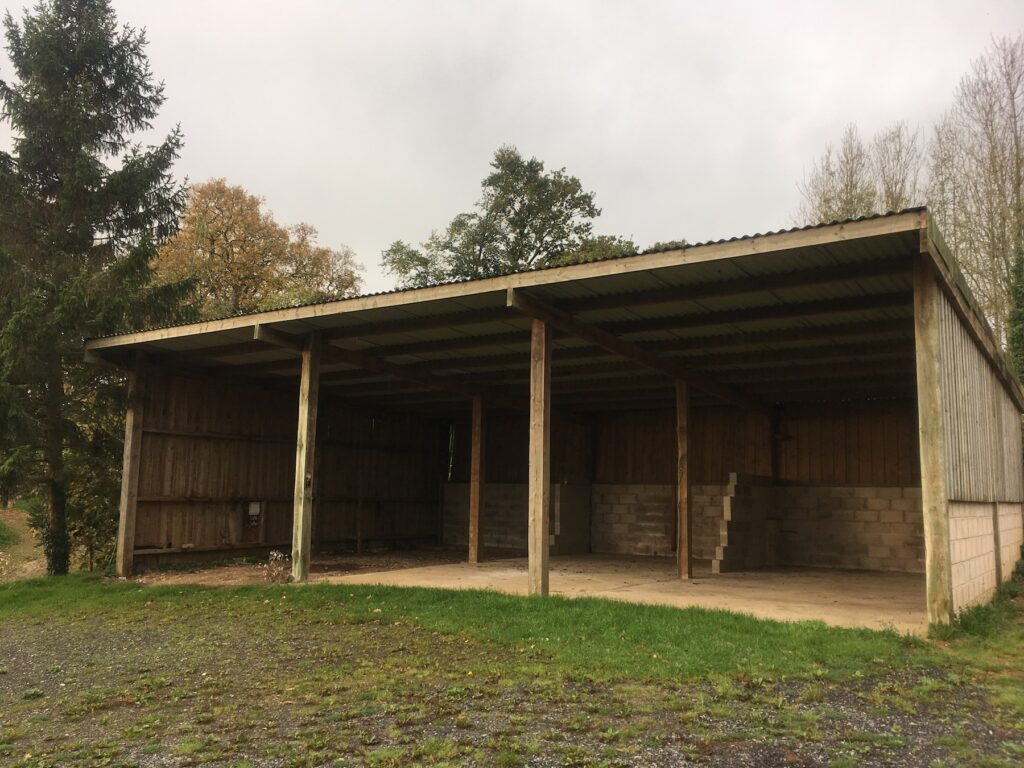
As a practice we specialise in the adaption and re-use of existing and historic buildings, to help make them as sustainable as possible. Our two directors are passionate about sustainability and the historic built environment. With Stuart having expertise in all things eco-tech and Kirsty a qualified Conservation Architect, they make a great combination.
We were heartened by the campaign launched recently by the Architects Journal encouraging the Re-use of existing buildings. RetrofitFirst asks architects to sign up to putting the re-use of buildings first and to work , where possible, with what is already in our built world. The quote above is from last week’s magazine cover and we thought it perfectly encapsulated our own beliefs about working with existing buildings in the south west.
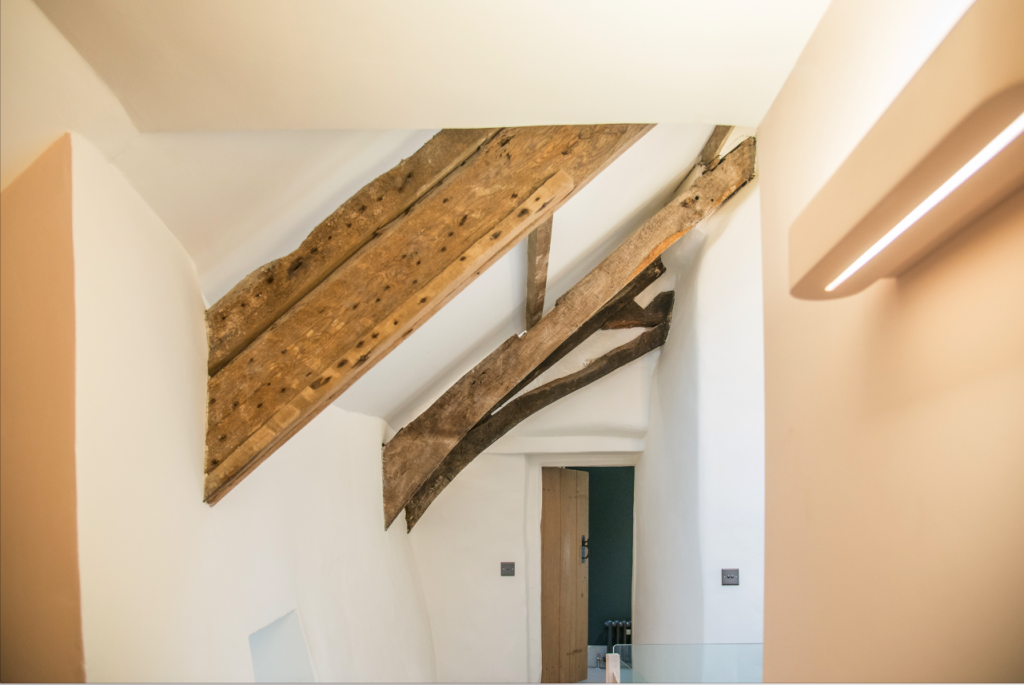
The demolition of existing structures to enable the building of new ones is clearly not a sustainable approach – even if the new building uses less energy. The best approach is to help make our existing building stock more sustainable by reducing unnecessary air leakage, improving insulation in an appropriate manner and making sure they are well looked after by carefully repairing and renewing them.
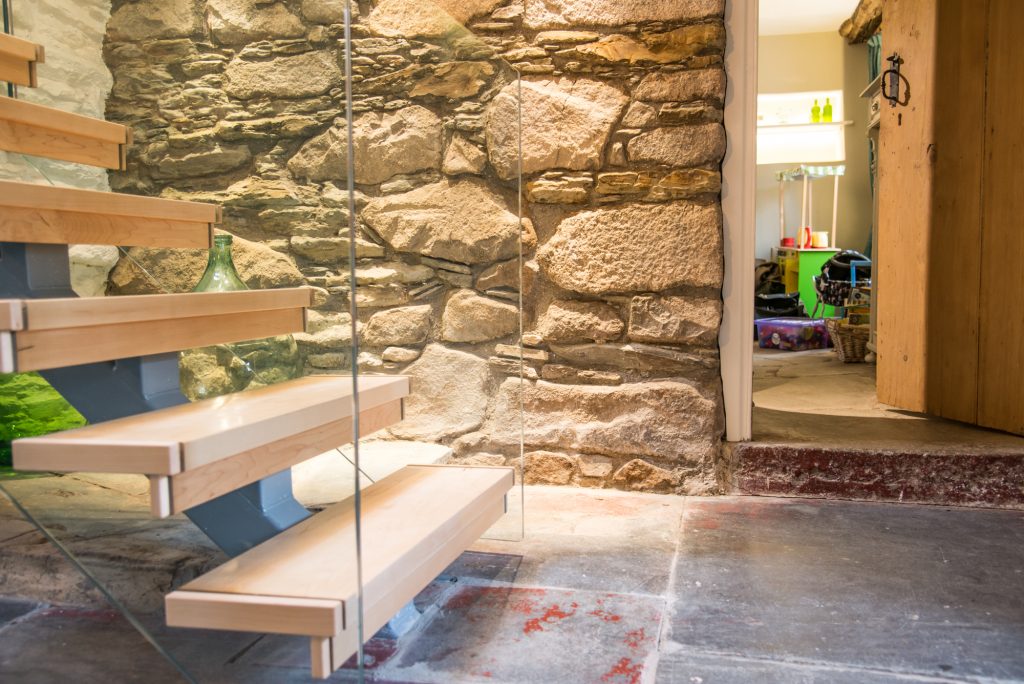
Old buildings are incredibly adaptable – not something that can always be said of our new building stock, which is often difficult to adapt to new uses. Careful extensions and alterations to older buildings can help to breathe new life into a project, without detrimentally impacting on their historic significance.
Many of our projects use natural, breathable insulation to help reduce heat loss. The use of natural fibre insulation is growing rapidly at the moment, with natural and sustainable options on the market such as sheep wool, find out more here. This is particularly successful when converting loft spaces or barns. Solid walls however don’t always need an additional layer of insulation, with thick stone and cob walls working as excellent heat stores. The image below shows the addition of external wood fibre insulation to a 1970’s extension. This approach works well with existing cavity walls, although insulating internally is often a better approach for listed buildings.
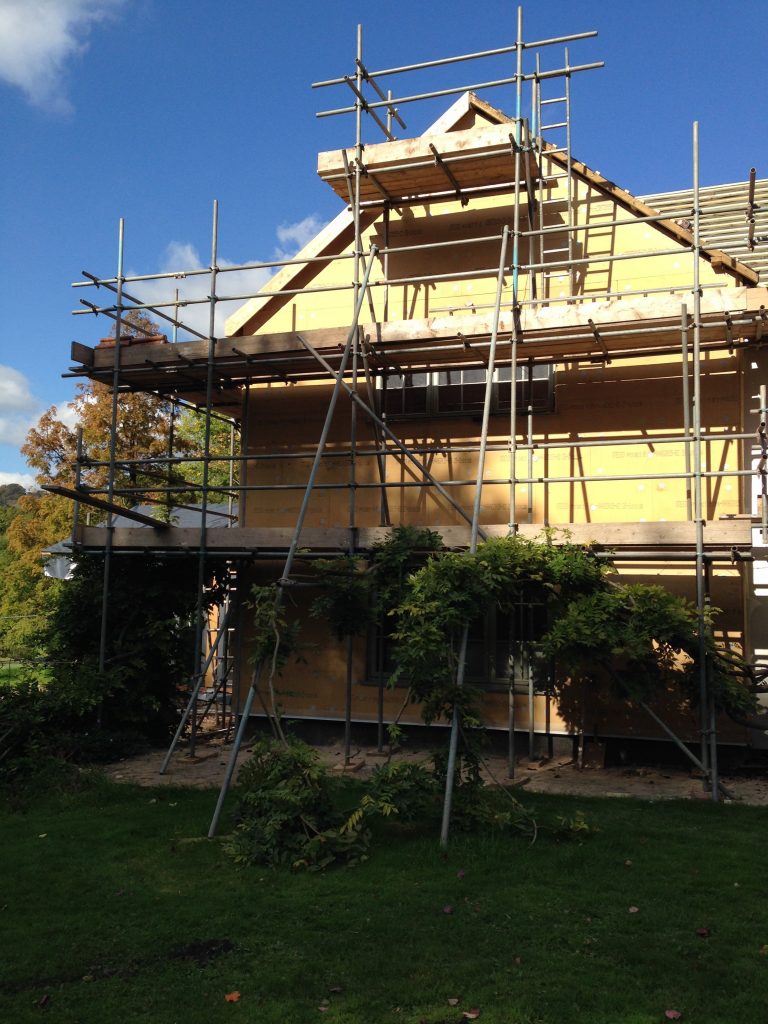
Historic England encourage owners to look to the past for solutions to problems of heat loss and draughts. Historically home owners would have hung tapestries and had thick curtains or shutters to help keep them warm. A similar approach today and help keep your Listed property warm without unnecessary intervention. See their advice on their website here.
Repairing old windows is also a much more sustainable approach than replacing them with UPVC. Many windows are able to be adapted with the insertion of slim double glazing units with systems like Pilkington Spacia providing a high quality option. Secondary glazing is not always the most practical solution, but can works well and companies like Mitchell & Dickinson in North Devon offer a service to repair and renovate timber windows alongside installing very low impact secondary glazing.
Using recycled materials is an approach we would like to take more often. Rotor, a Brussels-based design practice are creating a website that will help architects and building owners source recycled materials for their build. The UK version of the site can be accessed Here We are pleased to see Exeter’s Toby’s Reclamation Yard on the list, and hopefully more locations in the south west will be added. Rotor have an arm of their business that salvages materials from demolition sites and sorts them for re-use. Hopefully this idea will be will be taken on in the UK and it will become easier to source recycled materials for new build and refurbishment projects.
Last week our director, Kirsty Curnow-Bayley, ran an event at the RAMM in order to discuss good design in the city. Collaboration with the Exeter branch of the RIBA brought together architects, planners and members of public to engage in discussion of different aspects of the design process through participating in an interactive design charrette.
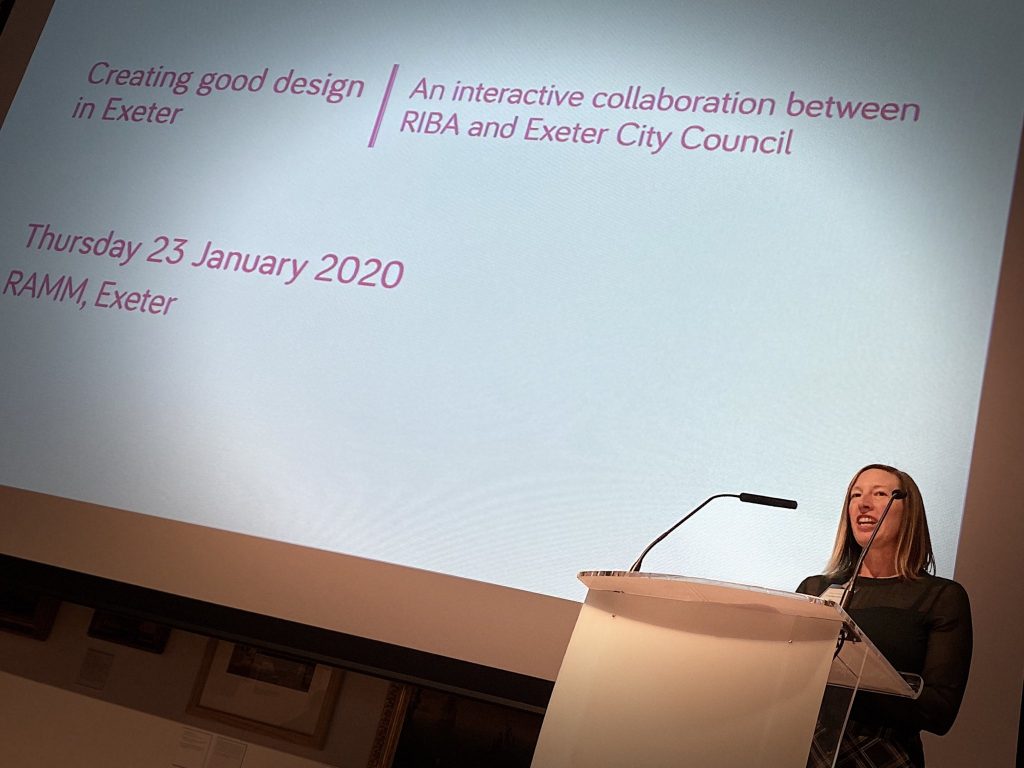
Chief Executive and Growth Director of Exeter City Council, Karime Hassan, introduced the event and through exploring the elements that help create great cities, attendees were able to discover what architects consider during the design process for their projects.
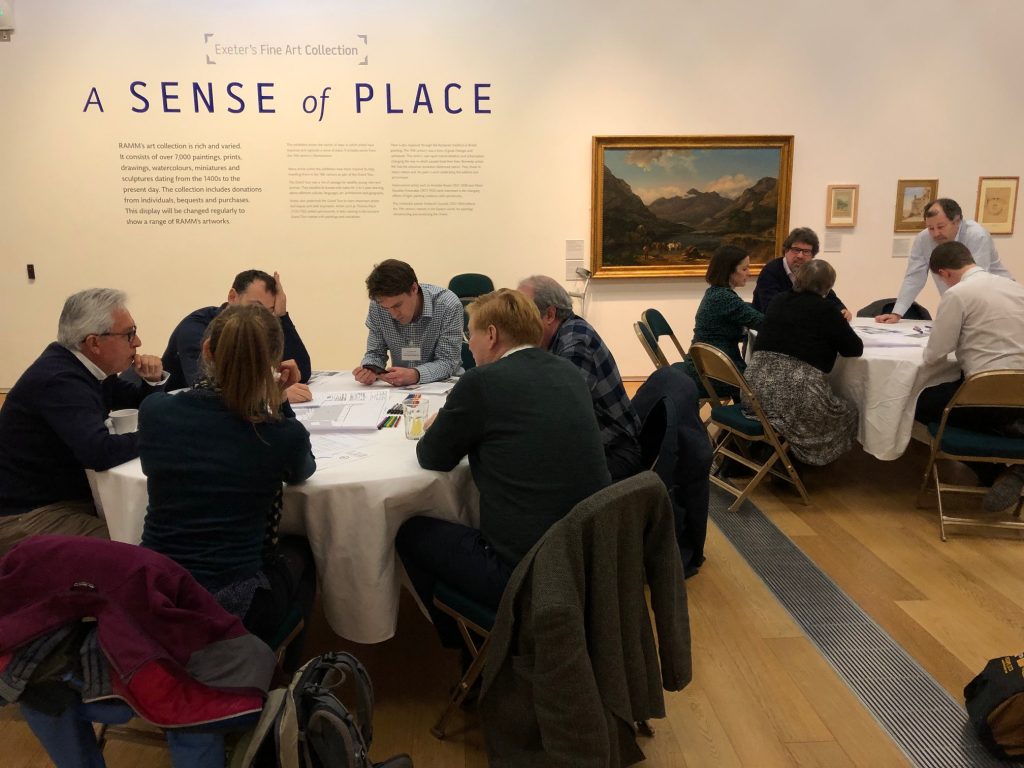
We are enthused by the exceptionally positive feedback received and we look forward to working towards more in the future.
